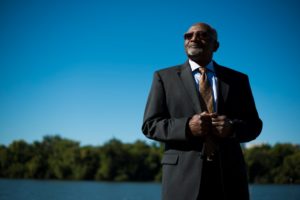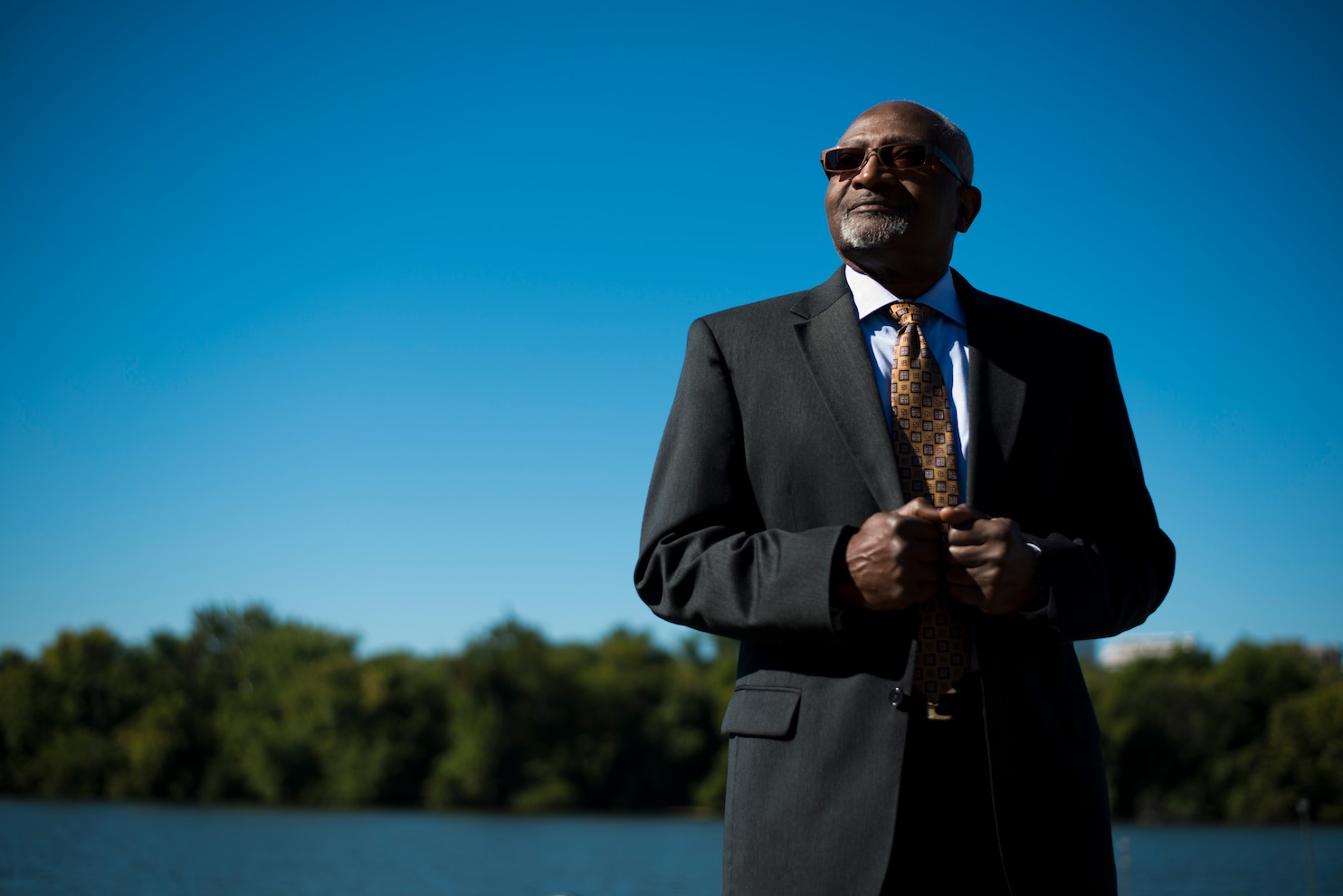
Written by Lee McNew, Social Media and Communications Coordinator | Image credit: The Washington Post
This Black History Month, we are honoring Dr. Robert Bullard, the Father of the Environmental Justice movement.
Environmental justice is “the fair treatment of people of all races, incomes, and cultures with respect to the development, implementation, and enforcement of environmental laws, regulations, and policies.” Environmental justice looks like having impacted residents in the room when decisions are being made and policies are being enacted that will impact their health, welfare and quality of life. More than being present in the room, they need to have significant input and the final say to what kinds of projects, initiatives, and resources are advanced, and how they get applied.
In the ‘80’s, environmental justice was a new concept but didn’t initially get a lot of support. However, the movement has made tremendous strides thanks to Dr. Robert Bullard and advocates.
Dr. Robert Bullard was born in 1946 into a family that defied the odds of their time. In 1875, 10 years after the official abolishment of slavery in the United States, his great-grandparents acquired several hundred acres of timberland in Elba, Alabama. As property owners, his parents and grandparents were able to vote under the Jim Crow laws. Dr. Bullard and his siblings were able to go to college due to income from harvesting timber from the land. In 1968, Dr. Bullard graduated from Alabama A&M University with a Bachelors in Government, in the midst of the Vietnam War. He was drafted, but never deployed. Dr. Bullard went on to get his Masters in Sociology from Clark Atlanta University in 1972 and a Ph.D. in Sociology from Iowa State University in 1976.
In 1979, Dr. Bullard was teaching sociology at Texas Southern University when his wife, Linda Mckeever Bullard, a lawyer, asked for his help on a class-action lawsuit she was filing to stop a landfill from going into a middle class Black community in Houston. She wanted to know where the city’s other landfills were. Through the data gathered, Dr. Bullard discovered that even though Black people made up just a quarter of Houston’s population, all five of the city’s garbage dumps, six of its eight incinerators, and three out of its four privately-owned landfills were in Black neighborhoods. And, more than 80% of all garbage in Houston was being disposed in Black communities.
The data also highlighted that not all communities have access to the zoning process that protects them. This left them vulnerable to petrochemical plants, refineries, and coal plants because they were not able to adequately advocate for themselves. Big polluters followed the path of least resistance which means they usually end up developing in low-income communities and communities of color that lack the resources to fight them.
The case lasted 8 years. Bean v. Southern Waste Management found that the placement of the dump, if built, would cause irreversible damage to the community. The court specifically found that “the landfill would affect the entire nature of the community, its land values, its tax base, its aesthetics, the health and safety of its inhabitants, and the operation of Smiley High School which was only 1700 feet from the site.” But, the facility was built anyway and many more industrial sites followed after the dump was built causing property value to decrease, ultimately stealing the generational wealth of a whole community.
The data collected during the case became America’s first ethnographic study to identify neighborhoods in proximity to polluting industries. The case became America’s first-ever lawsuit against polluters charging environmental racism under the Civil Rights law.
During the 1980s, Dr. Bullard expanded his study of environmental racism to the entirety of the American South, focusing particularly on communities in Texas, Louisiana, West Virginia, and Alabama. The pattern remained the same— communities of color were over burdened by pollution causing increased health risks compared to white communities where pollution was not over burdening.
In 1990, Dr. Bullard published Dumping in Dixie: Race, Class, and Environmental Quality in response to the court’s decision to allow the dump to be built and in response to environmental and civil rights organizations, at the time, who were on two different tracks. Environmental organizations told Dr. Bullard, when he approached them about environmental justice and injustices of these facilities, that they didn’t work on “social issues.” Civil rights groups told him their focus was on discrimination in housing, employment, and education.
Dumping in Dixie: Race, Class, and Environmental Quality became an environmental justice bible. It traces freed Black communities as they purchased property in the formerly-slave owning South– and how the polluting facilities followed them. It shows that in addition to being deprived of infrastructure and education, sanitation, and clean water, these communities were also being exposed to higher-than-average levels of pollutants, compromising their health and well-being for generations.
In 1991, Dr. Bullard played a key role in organizing the First National People of Color Environmental Leadership Summit. It was during this meeting where a list of seventeen ‘Principles of Environmental Justice’ was adopted and are still used today in environmental justice work.
Dr. Bullard and clergyman Benjamin Chavis were asked to advise incoming President Bill Clinton and his administration on how to advance environmental justice. In 1994, President Bill Clinton signed the Environmental Justice Executive Order 12898 after advice and research by a National Environmental Justice Advisory Council (NEJAC), which included Dr. Bullard, who chaired the Health and Research Subcommittee.
.In 2011, Dr. Bullard founded the Historically Black College and University (HBCU) Climate Change Consortium, an annual conference for students, faculty, and researchers to develop and raise awareness on issues related to environmental and climate justice policies, community resilience, adaptation and other major climate change topics. The Consortium sent a delegation of 51 students and faculty to participate in United Nations Framework Climate Change Convention (UNFCCC) Conference of the Parties 21st convening (COP21).
As of today, Dr. Bullard is the founding director of the Bullard Center for Environmental and Climate Justice and distinguished professor of urban planning and environmental policy at Texas Southern University. He has published 18 award winning books about environmental justice. He currently serves on the White House Environmental Justice Advisory Council (WHEJAC).
Environmental justice has gained support over the past 20 years, but many communities are still fighting for the right to clean air, clean water, and to be able to make decisions for their own communities.
Clean Air Council works to protect these communities rights to a clean and healthy environment under Pennsylvania’s constitution; and works towards a day when ALL communities are safe and are allowed to make decisions for what’s best for themselves.
To learn more about Dr. Bullard and to support his work, please visit https://drrobertbullard.com/.
To learn more about Environmental Justice and Environmental Racism, please visit https://www.ejnet.org/ej/.

